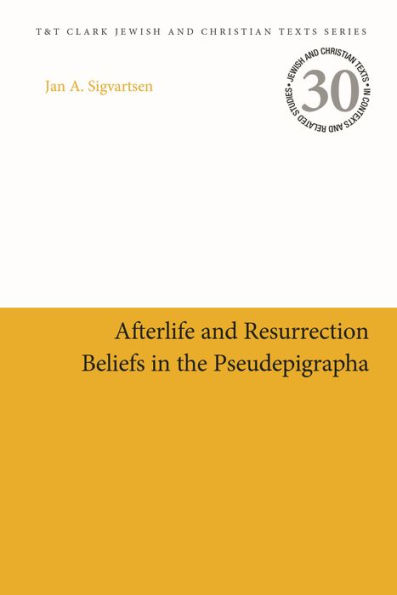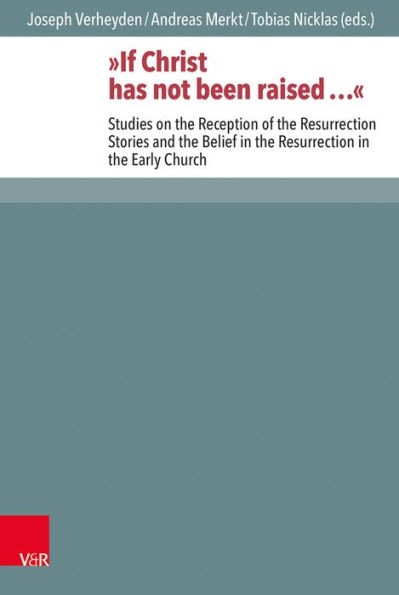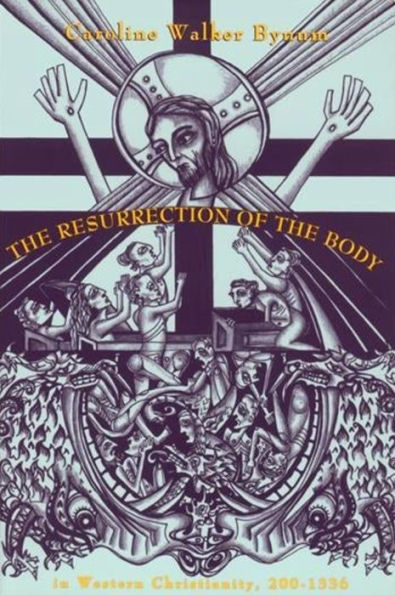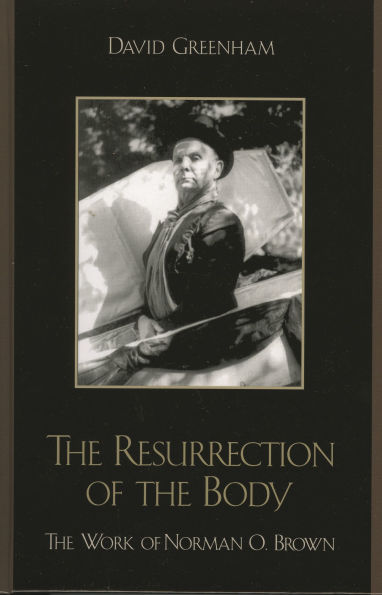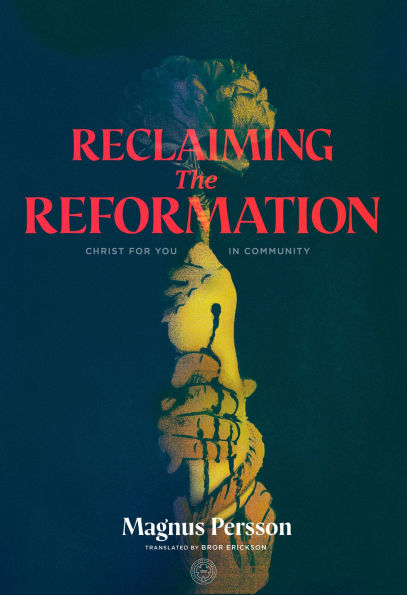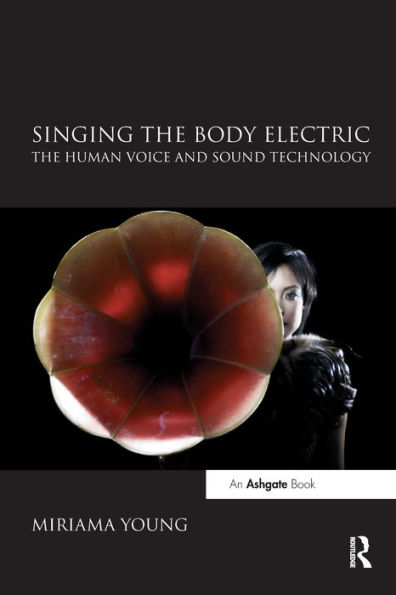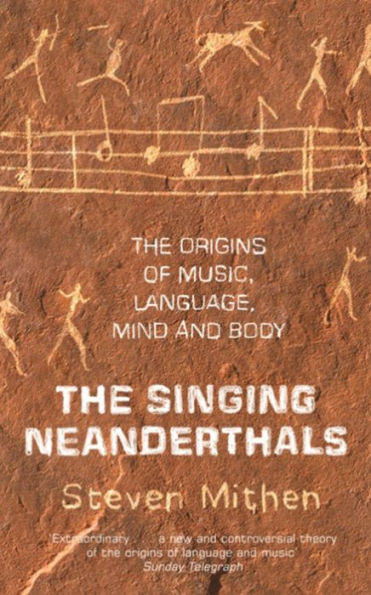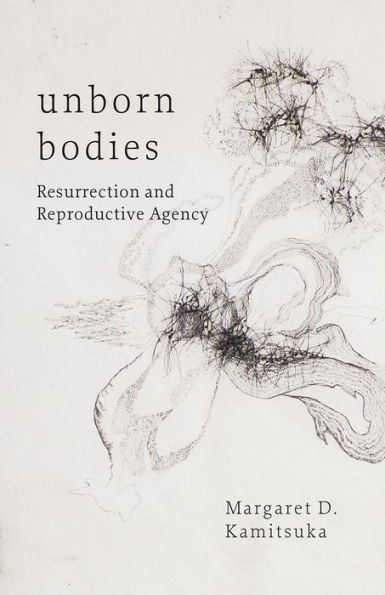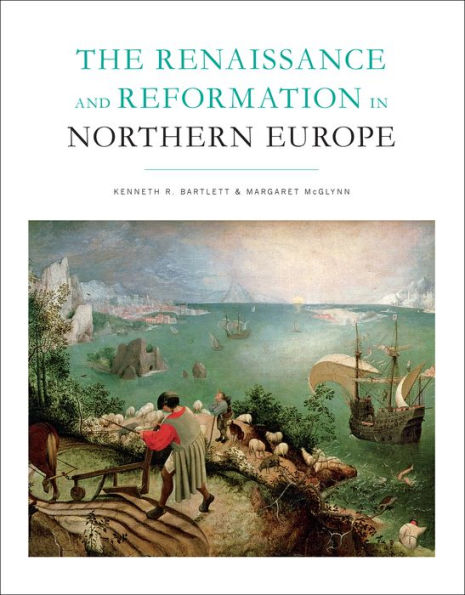Home
Singing the Resurrection: Body, Community, and Belief Reformation Europe
Barnes and Noble
Loading Inventory...
Singing the Resurrection: Body, Community, and Belief Reformation Europe
Current price: $94.00
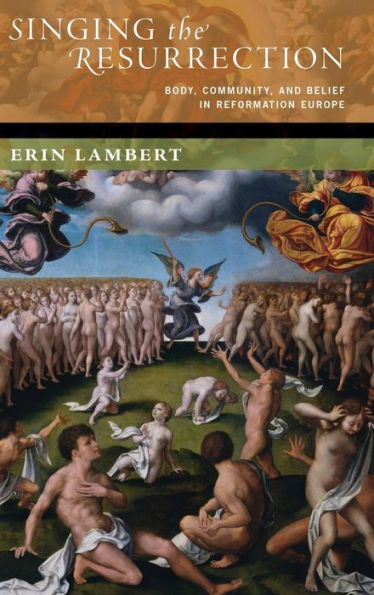
Barnes and Noble
Singing the Resurrection: Body, Community, and Belief Reformation Europe
Current price: $94.00
Loading Inventory...
Size: Hardcover
*Product information may vary - to confirm product availability, pricing, shipping and return information please contact Barnes and Noble
Singing the Resurrection
brings music to the foreground of Reformation studies, as author Erin Lambert explores song as a primary mode for the expression of belief among ordinary Europeans in the sixteenth century, for the embodiment of individual piety, and the creation of new communities of belief. Together, resurrection and song reveal how sixteenth-century Christiansfrom learned theologians to ordinary artisans, and Anabaptist martyrs to Reformed Christians facing exiledefined belief not merely as an assertion or affirmation but as a continuous, living practice. Thus these voices, raised in song, tell a story of the Reformation that reaches far beyond the transformation from one community of faith to many. With case studies drawn from each of the major confessions of the ReformationLutheran, Anabaptist, Reformed, and Catholic
reveals sixteenth-century belief in its full complexity.
brings music to the foreground of Reformation studies, as author Erin Lambert explores song as a primary mode for the expression of belief among ordinary Europeans in the sixteenth century, for the embodiment of individual piety, and the creation of new communities of belief. Together, resurrection and song reveal how sixteenth-century Christiansfrom learned theologians to ordinary artisans, and Anabaptist martyrs to Reformed Christians facing exiledefined belief not merely as an assertion or affirmation but as a continuous, living practice. Thus these voices, raised in song, tell a story of the Reformation that reaches far beyond the transformation from one community of faith to many. With case studies drawn from each of the major confessions of the ReformationLutheran, Anabaptist, Reformed, and Catholic
reveals sixteenth-century belief in its full complexity.
Singing the Resurrection
brings music to the foreground of Reformation studies, as author Erin Lambert explores song as a primary mode for the expression of belief among ordinary Europeans in the sixteenth century, for the embodiment of individual piety, and the creation of new communities of belief. Together, resurrection and song reveal how sixteenth-century Christiansfrom learned theologians to ordinary artisans, and Anabaptist martyrs to Reformed Christians facing exiledefined belief not merely as an assertion or affirmation but as a continuous, living practice. Thus these voices, raised in song, tell a story of the Reformation that reaches far beyond the transformation from one community of faith to many. With case studies drawn from each of the major confessions of the ReformationLutheran, Anabaptist, Reformed, and Catholic
reveals sixteenth-century belief in its full complexity.
brings music to the foreground of Reformation studies, as author Erin Lambert explores song as a primary mode for the expression of belief among ordinary Europeans in the sixteenth century, for the embodiment of individual piety, and the creation of new communities of belief. Together, resurrection and song reveal how sixteenth-century Christiansfrom learned theologians to ordinary artisans, and Anabaptist martyrs to Reformed Christians facing exiledefined belief not merely as an assertion or affirmation but as a continuous, living practice. Thus these voices, raised in song, tell a story of the Reformation that reaches far beyond the transformation from one community of faith to many. With case studies drawn from each of the major confessions of the ReformationLutheran, Anabaptist, Reformed, and Catholic
reveals sixteenth-century belief in its full complexity.
